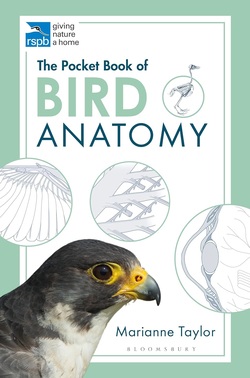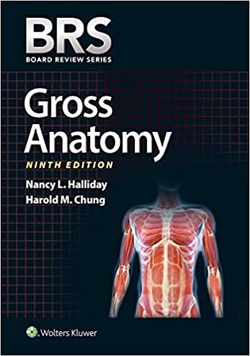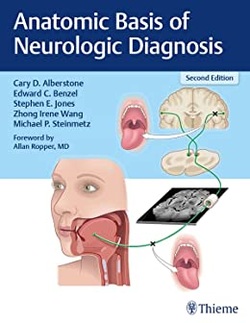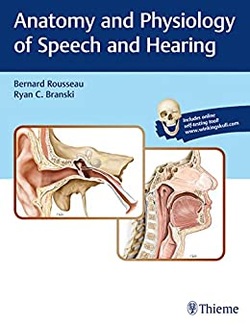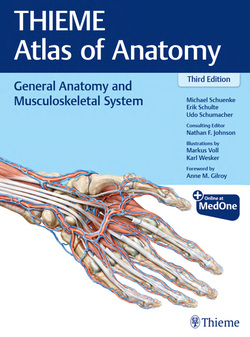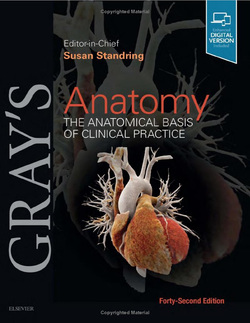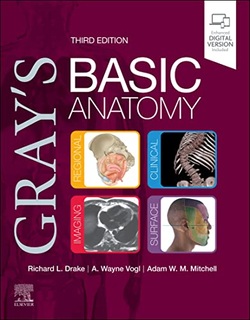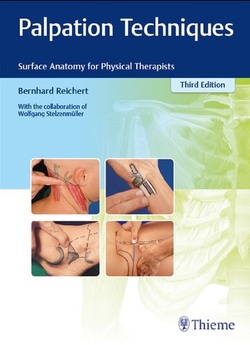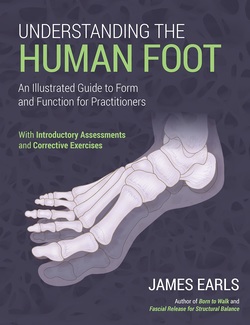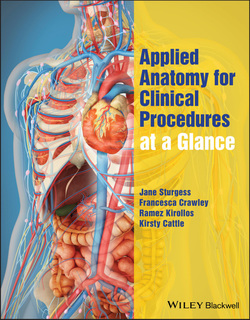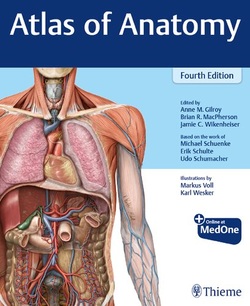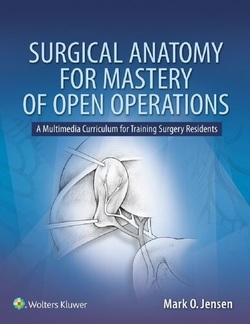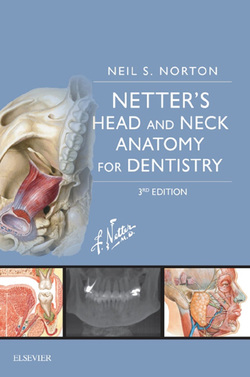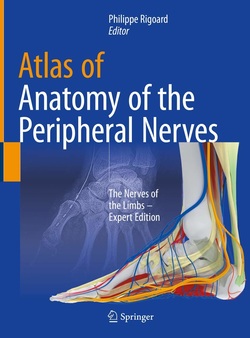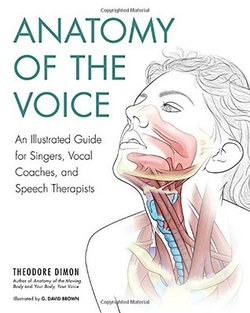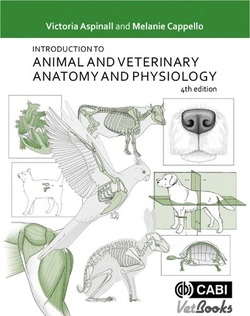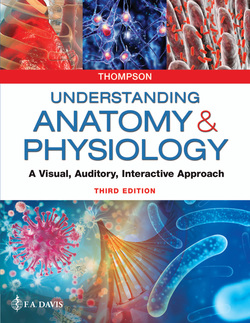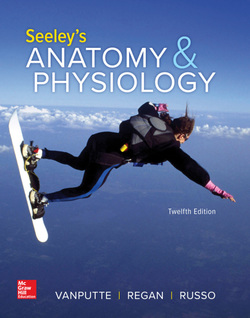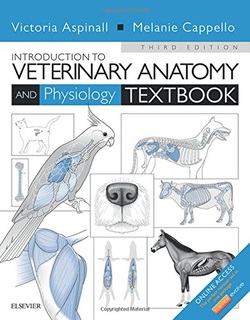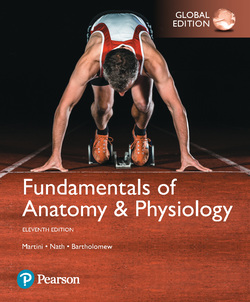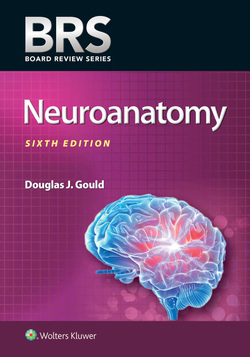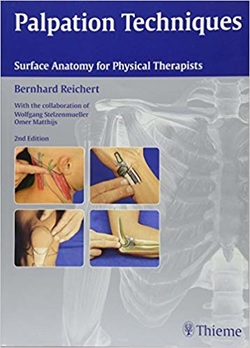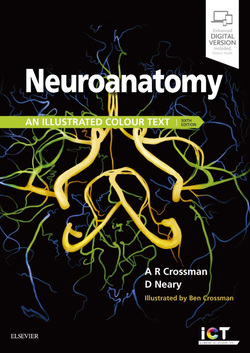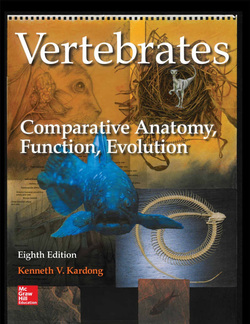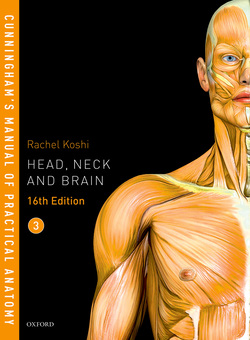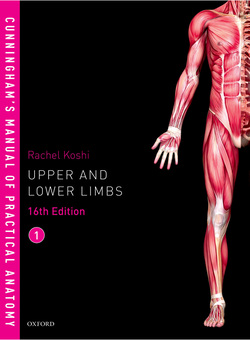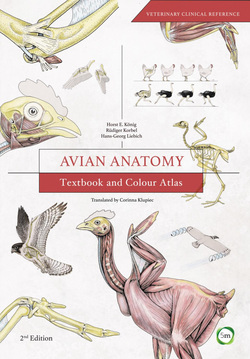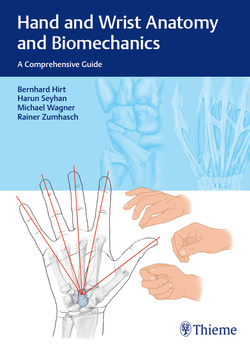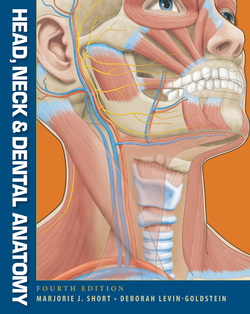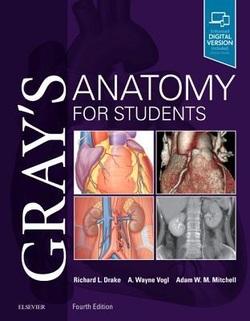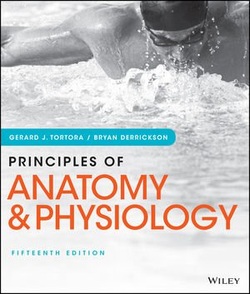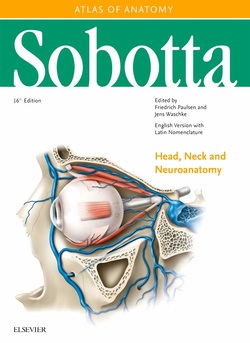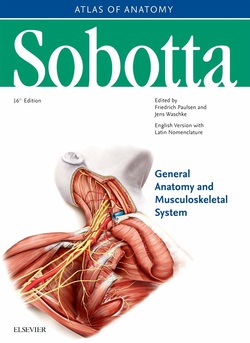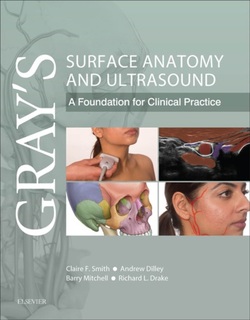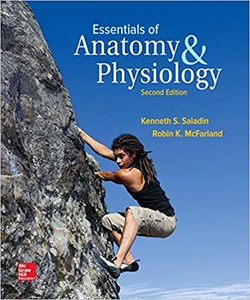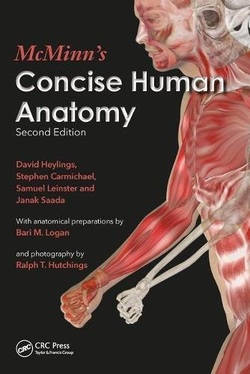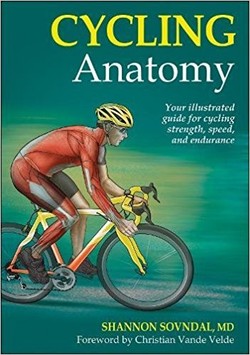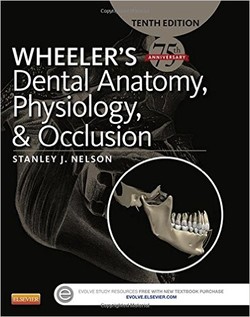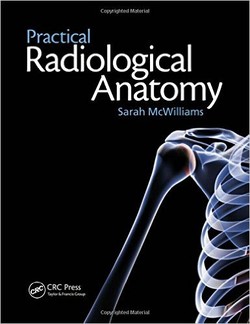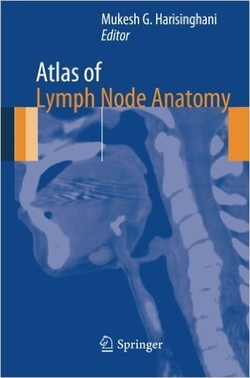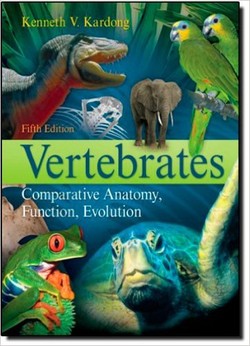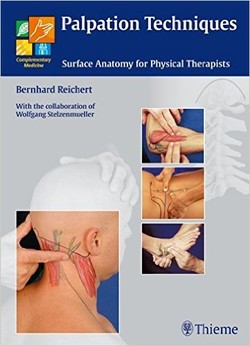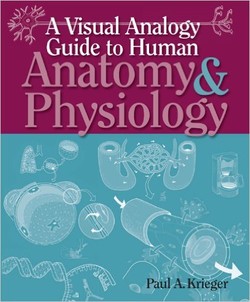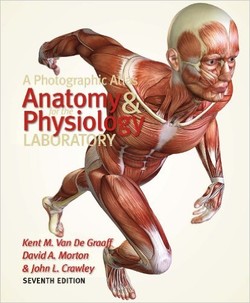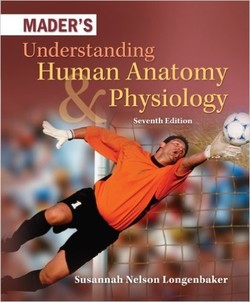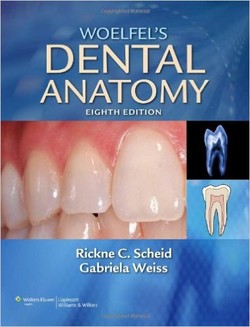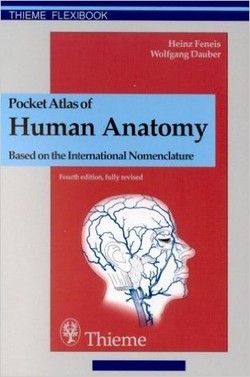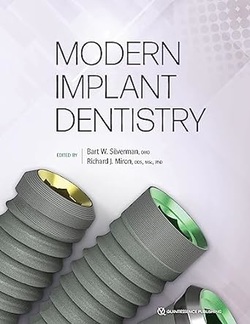آناتومی طبیعی و آسیب شناسی کتف
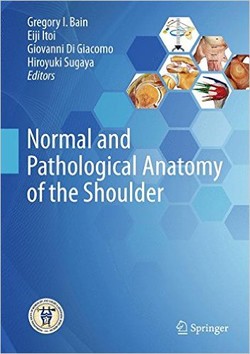
این پژوهش عالی درمورد آناتومی بالینی پیشرفته و پاتوآناتومی کتف که توسط نویسندگان برجسته جهان نگارش شده است، پیشرفتهای قابل توجه اخیر درمورد درک آناتومی و پاتولوژی را نشان میدهد. این کتاب تصاویر عالی نمونههای آناتومی و عکسهای کاملی از آرتروسکوپی، بافتشناسی و رادیولوژی را بهطور زیبایی به تصویر میکشد. متن همراه ارتباط بالینی، بیومکانیکی و کاربردی و توجه بر جنبههای مهم عملکرد بالای ورزشکار را به ارمغان میآورد. علاوهبراین کتاب با دقت نحوه پاسخگویی هر جزء از آناتومی طبیعی به آسیب، بیماری و انحطاط را ارزیابی میکند. نکته ظریف پاتوآناتومی این است که موارد بالینی، بافتشناسی، رادیولوژی، آرتروسکوپی و جراحی باز را نشان میدهد. این متن عملکرد پاتوآناتومی در معرفی بیمار، معاینه بالینی و تصویربرداری را بهتفصیل شرح میدهد. همچنین چگونگی تأثیر پاتولوژی روی سیر طبیعی و نتیجه درمان فیزیکی و تأثیر نظریات برای معالجه جراحی را توصیف میکند. این کتاب ارزش بسیار زیادی هم برای کارآموزان و هم برای متخصصانی که اختلالات کتف را مدیریت میکنند ازجمله جراحان ارتوپدی، پزشکان ورزشی و فیزیوتراپها خواهد داشت. همچنین برای آناتومیستها و آسیبشناسان جذابیت زیادی دارد.
سال انتشار: 2015 | 410 صفحه | حجم فایل: 37 مگابایت | زبان: انگلیسی
Normal and Pathological Anatomy of the Shoulder
نویسنده
Gregory I Bain, Eiji Itoi, Giovanni Di Giacomo, Hiroyuki Sugaya
ناشر
Springer
ISBN10:
3662457180
ISBN13:
9783662457184
قیمت: 16000 تومان
برچسبها: آناتومی This cutting-edge monograph on advanced clinical anatomy and pathoanatomy of the shoulder, written by the world’s leading authors, reflects recent significant advances in understanding of anatomy and pathology. It is beautifully illustrated with exquisite photographs of anatomical specimens, and images from arthroscopy, histology, and radiology complete the picture. The accompanying text brings out the clinical, biomechanical, and functional relevance and focuses on aspects important to the high-performance athlete. In addition, the book closely assesses how each component of the normal anatomy responds to trauma, disease, and degeneration. The finer points of the pathoanatomy are demonstrated with clinical cases, histology, radiology, arthroscopy, and open surgery. The text details how the pathoanatomy affects the patient presentation, clinical examination, and imaging. It is also explained how the pathology affects the natural history and the outcome of physical therapy and influences recommendations for surgical treatments. This book will be of immense value both to trainees and to specialists who manage disorders of the shoulder, including orthopedic surgeons, sports physicians, and physiotherapists. It will also be of great interest to anatomists and pathologists.
